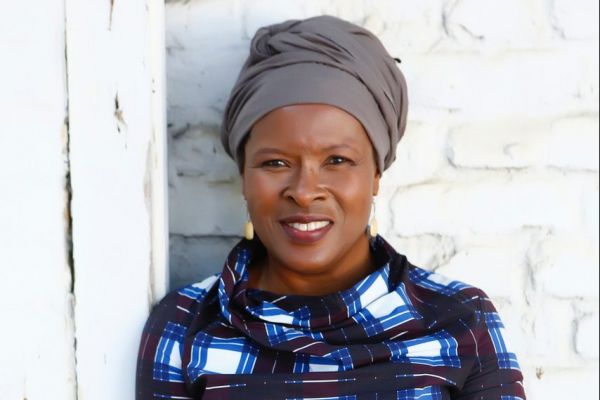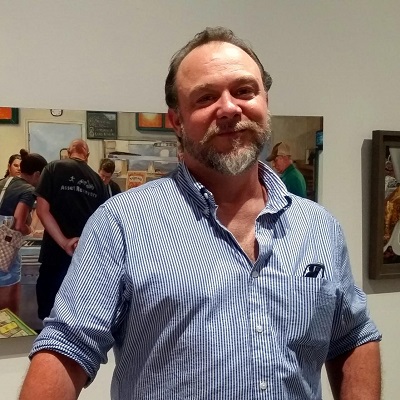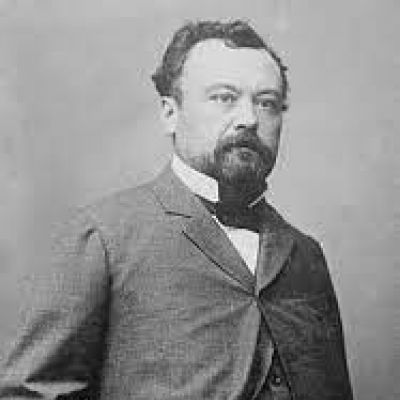“Amazed that there is still money being spent on my work,” Sokari Douglas Camp chuckles. The notable sculptor, who was born in Nigeria, has gigantic steelworks that have filled prominent galleries, museums, and collectors all around the world.
Even the Houses of Parliament have shown some of her works.
The Victoria and Albert Museum in London is now showing some of Ms. Douglas Camp’s artwork next to a Rodin. Therefore, it may not come as a huge surprise that institutions and wealthy individuals have begun to take an interest in her sculptures, which sell for tens of thousands of pounds.
Despite having a career that dates back to the 1980s, she half-jokingly refers to herself as “having a moment.”
“Customers from City Bank had entered and stated, “I want to buy this, this, and this.” Or you hear that the British Museum wants to purchase something and you say, “Wow!”
Contemporary art is regarded as the creations of live artists or those who passed away recently. While modern art traditionally refers to works created between the 1880s and the 1970s.
Not just Ms. Douglas Camp has seen a rise in popularity among contemporary African artists.
According to consultants ArtTactic, the value of auction sales of contemporary and modern African art increased by 44% to a record high of $72.4m (£65.6m) last year.
Even yet, the $72.4 million may still represent a minor percentage of the $2.7 billion in sales of modern and contemporary art expected at auction in 2021. But according to some experts, African art is still underpriced despite rising demand, and this is drawing a lot of attention.
According to Ms. Douglas Camp, “the visual qualities in my pieces are unquestionably foreign from other Western conceptions.” The West takes a while to come around to the idea that other people have worthwhile ideas or civilizations and customs.
One of the major figures in the genre is Giles Peppiatt, director of modern and contemporary African art at auctioneers Bonhams. Global bidders participated in his most recent auction, with the Far East showing particularly keen interest.
It’s a tremendously competitive market, he claims. “There are African artists’ works selling for over £1 million and other African artists’ works selling for £500,000 that were only selling for £10-15,000 a few years ago.”
Auction prices may even be higher at the very top of the market. A work by Ghanaian artist Amoako Boafo, for instance, sold for $3.4 million in Hong Kong at the end of 2021, more than ten times the estimate.
According to Mr. Peppiatt, “the best and the finest works tend to appreciate the most.”
What then fuels the market?
The Metropolitan Museum of Art in New York and the Tate in London, according to Mr. Peppiatt, are rushing to make up for years of neglecting the sector.
He says that when a museum purchases, it sends a strong message to individual collectors. Consequently, prices rise as a result.
Contrary to popular belief, the economic instability brought on by the epidemic may have contributed to an increase in wealthy collector interest.
According to Mr. Peppiatt, “Investors of that sort don’t want to keep the cash.” “In the bank, they were receiving nothing for it. So they bought some art.”
By increasing the exposure of African artists, the quick development of online auctions and marketing on websites like Instagram has also been beneficial.
But just because a piece of art sells for a high sum at auction doesn’t mean the artist can celebrate right away.
Artists typically sell their creations through galleries, which display and promote their work. Usually, the gallery keeps about 50% of the proceeds.
The artist won’t receive much of the profit if the first purchaser sells the piece again and possibly doubles their money.
The maximum royalty rate that can be paid to the work’s creator in Europe is 4% of the auction sale price.
High auction sale prices might allow your gallery to charge extra for your other pieces, but Mr. Peppiatt doubts that the increase will be extremely large.
UK businessman Robert Devereux is a well-known collector, amassing almost 500 works of modern and contemporary African art. He keeps some in storage and lends out others, but he also has some at home.
For those hoping to cash in on the market quickly, he has some grim advice. He claims that purchasing art as an investment is quite risky. “Things come in and out of style on the market, which is unpredictable. Should your timing be off “.
Mr. Devereux claims that his sizable collection is the result of his pure admiration for artists and their works.
“Early in an artist’s career, I frequently purchase their work. That, in my opinion, is when artists require assistance. I never make purchases to invest. Ever.”
Some African nations, including Ghana, South Africa, and Nigeria, are creating strong regional markets for art produced both within their nations and outside the continent. However, progress is being hampered by a lack of government support, infrastructure issues, and a shortage of arts education.
This means that institutions and collectors in cities like London, New York, and Hong Kong now control the majority of the global market for African art.
This, in Mr. Devereux’s opinion, must alter. With the help of his African Arts Trust, he is supporting regional arts organizations on the continent.
By auctioning off more than 70 items from his collection on Thursday, October 13 at Christie’s in London, he hopes to raise money for that project. The auction will feature pieces by up-and-coming artists as well as some works by well-known artists, such as the Ghanaian sculpture El Anatsui, whose installation New Layout sold for $1.9 million in New York last year.
Also Read: Simon Sinek Motivating Speech On Wife, Relationship





